

Articles
How To Store Basmati Rice
Modified: January 6, 2024
Learn the best methods for storing Basmati rice to keep it fresh and flavorful. Our informative articles provide helpful tips and tricks for preserving this popular aromatic grain.
(Many of the links in this article redirect to a specific reviewed product. Your purchase of these products through affiliate links helps to generate commission for Storables.com, at no extra cost. Learn more)
Introduction
Welcome to the world of Basmati rice, known for its fragrant aroma and delicate texture. Whether you’re a rice enthusiast or a casual cook, proper storage techniques are essential to preserve the quality and flavor of this prized grain. In this article, we will explore the key steps to store Basmati rice effectively, ensuring it remains fresh and delicious for an extended period.
When it comes to storing Basmati rice, maintaining its dryness and preventing exposure to air are crucial factors. Moisture and oxygen can lead to spoilage, loss of flavor, and even the growth of mold. By following the guidelines outlined in this article, you can ensure that your Basmati rice retains its exceptional taste and quality.
So, let’s dive in and discover the best methods to store Basmati rice for long-term enjoyment.
Key Takeaways:
- Proper storage of Basmati rice is crucial to maintain its freshness and flavor. Choose the right airtight container, keep the rice dry, and store it in a cool, dark place to preserve its quality for an extended period.
- Prevent spoilage and pest infestation by minimizing exposure to air, using natural repellents, and regularly checking stored Basmati rice. Follow these guidelines to ensure your rice remains safe and delicious for consumption.
Choosing the Right Container
When it comes to storing Basmati rice, selecting the appropriate container is essential. The container should be airtight and moisture-proof to prevent any moisture or air from seeping in. Additionally, it should be able to keep the rice protected from pests.
One of the best options for storing Basmati rice is a sturdy, food-grade plastic container with a tight-fitting lid. These containers are readily available at most kitchen supply stores and offer excellent protection against moisture and pests. Make sure to choose a container that is specifically designed for food storage.
If plastic containers are not your preference, you can also opt for glass or stainless steel containers. Make sure that the container you choose has a secure lid that can create an airtight seal.
Avoid storing your Basmati rice in paper bags or cardboard boxes, as these materials are not effective at keeping out moisture or pests. They also allow the rice to be exposed to air, which can cause the rice to lose its freshness and flavor.
Remember that the container you choose should be clean and free from any odors or residues that may affect the quality of the rice. Before storing the rice, ensure that the container is thoroughly washed and dried.
Keeping Rice Dry
Moisture is one of the biggest enemies of stored rice, as it can lead to mold growth and spoilage. To ensure the longevity of your Basmati rice, it is essential to keep it dry throughout the storage process.
First and foremost, make sure that the rice is completely dry before storing it. This is particularly important if you have recently purchased the rice or if it has come into contact with any moisture. Spread out the rice on a clean, dry surface and allow it to air dry for a few hours before transferring it to the storage container.
When storing the rice, consider adding a desiccant packet or two to absorb any residual moisture. Desiccant packets are commonly found in packaged products and are designed to keep the contents dry. You can easily find them online or at stores specializing in packaging materials.
Another effective way to keep rice dry is by placing a piece of clean, dry cloth or a paper towel in the storage container. The cloth or paper towel will help absorb excess moisture and ensure that the rice remains dry and free from any mold or spoilage.
It is worth noting that the storage area itself should be dry. Avoid storing rice in areas with high humidity, such as near the stove or in the refrigerator, as this can lead to moisture accumulation. Choose a dry spot in your kitchen or pantry to store the rice, away from direct sunlight and any potential sources of moisture.
Storing in a Cool and Dark Place
Proper storage conditions play a significant role in maintaining the quality and flavor of Basmati rice. Ideally, the storage area should be cool and dark, as exposure to heat and sunlight can affect the rice’s taste and texture.
Heat can cause the rice to spoil quicker and can also affect its nutritional value. Therefore, it is crucial to store Basmati rice away from any direct sources of heat, such as ovens, stovetops, or radiators. Additionally, avoid placing the storage container near windows or in areas where the temperature fluctuates frequently, such as next to appliances that generate heat.
A dark storage area is also essential, as sunlight can lead to color deterioration and the breakdown of nutrients in the rice. Sunlight contains ultraviolet (UV) rays, which can cause oxidation and degrade the quality of the rice. Choose a location that is shielded from natural or artificial light to protect the rice from any potential damage.
An ideal storage spot for Basmati rice is a kitchen cabinet or pantry that remains cool throughout the year. These areas are generally shielded from sunlight and maintain a relatively stable temperature. Remember to keep the rice container away from any strong-smelling substances like spices, onions, or cleaning agents, as the rice can absorb these odors.
By storing Basmati rice in a cool and dark place, you are ensuring that it remains fresh, flavorful, and nutritious for an extended period.
Store basmati rice in an airtight container in a cool, dry place away from direct sunlight. This will help to maintain its freshness and prevent it from absorbing any unwanted odors.
Avoiding Exposure to Air
Exposure to air can significantly impact the quality and shelf life of Basmati rice. The oxygen in the air can cause the rice to become stale, lose its flavor, and even become infested with pests. Therefore, it is crucial to minimize the rice’s exposure to air during storage.
When transferring Basmati rice to a storage container, take care to fill it up as much as possible, leaving minimal headspace. The less air present in the container, the better. If the container is larger than the amount of rice you have, consider using smaller-sized containers or using additional filler materials, such as clean, food-grade plastic bags or a layer of plastic wrap, to minimize the amount of air inside the container.
It’s essential to seal the storage container tightly to create an airtight environment. Ensure that the lid or cover is secure and that no air can get in or out. This will help prevent any moisture or contaminants from entering and maintain the freshness of the rice.
Another useful tip to avoid exposure to air is to avoid excessive handling and opening of the container. Each time the container is opened, air enters, and the rice is exposed. Therefore, it’s best to only open the container when needed and to minimize the duration the container is left open.
If you notice that the rice container’s lid or seal is damaged or loose, replace it as soon as possible to maintain a proper airtight environment. Regularly inspect the container to ensure that no cracks or gaps have formed that could allow air to enter.
By taking these precautions and minimizing exposure to air, you can ensure that your Basmati rice retains its freshness, flavor, and quality throughout the storage period.
Preventing Pest Infestation
Pests can wreak havoc on stored rice, contaminating it and rendering it inedible. To protect your Basmati rice from pest infestation, it’s essential to take proactive measures during storage.
One effective method is to use airtight containers, as mentioned earlier. A tightly sealed container prevents pests like insects, rodents, and pantry moths from accessing the rice. Make sure that there are no gaps or openings in the container that could serve as entry points for pests.
Additionally, consider adding natural pest repellents to the storage area. There are several options such as bay leaves, cloves, or neem leaves, which have natural insect-repellent properties. Place these repellents inside the storage container or sprinkle them around the vicinity to deter pests.
Regular cleaning and maintenance of the storage area are also crucial. Clean any spills or crumbs promptly, as they can attract pests. Sweep and vacuum the area regularly to eliminate any food particles or debris that might serve as a food source for pests. Keeping the storage area clean and free from potential pest attractants will significantly reduce the risk of infestation.
If you notice any signs of pest activity, such as insects or droppings, take immediate action. Remove the affected rice and container from the storage area, dispose of the infested rice, and thoroughly clean the container before restocking with fresh rice.
It’s worth noting that storing other food items such as grains, flours, or cereals in close proximity to the rice can also attract pests. Therefore, it’s advisable to segregate different food items and store them separately to prevent cross-contamination and infestation.
By implementing these preventive measures, you can protect your Basmati rice from pest infestation and ensure its quality throughout the storage period.
Checking for Spoilage
Regularly checking your stored Basmati rice for signs of spoilage is crucial to ensure that it remains safe to consume. Even with proper storage techniques, rice can sometimes spoil due to various factors. By being vigilant and proactive, you can identify and address any issues promptly.
The first step is to visually inspect the rice. Look for any signs of discoloration, mold growth, or unusual smells. If you notice any of these indicators, it is best to discard the rice immediately as consuming spoiled rice can lead to foodborne illnesses.
Next, give the rice a quick sniff. Fresh and properly stored Basmati rice should have a mild, pleasant aroma. If you detect any off or foul smells, it could be an indication of spoilage or contamination. Trust your senses and err on the side of caution when it comes to the odor of stored rice.
Check for the presence of pests such as insects or rodents. They can infiltrate the storage container and cause contamination. If you notice any signs of pest activity, dispose of the affected rice and take measures to prevent further infestation, as mentioned earlier.
Lastly, inspect the texture of the rice. Spoiled rice may become sticky, clumpy, or have an unusual texture. If the rice appears mushy or has an altered consistency, it is likely spoiled and should not be consumed.
It is crucial to perform these checks regularly, especially if you are storing the rice for an extended period. Regular inspection ensures that any potential spoilage is detected early, allowing you to take appropriate actions to prevent foodborne illnesses.
Remember, when in doubt, it is always better to be safe than sorry. If you have any concerns about the quality or safety of stored Basmati rice, it is advisable to discard it and obtain fresh rice.
Conclusion
Proper storage of Basmati rice is essential to maintain its freshness, flavor, and quality. By following the guidelines outlined in this article, you can ensure that your stored rice remains delicious and safe for an extended period.
Selecting the right container, such as airtight, food-grade plastic, glass, or stainless steel, is the first step in preserving the rice. Ensure that the container is clean and free from odors or residues that can affect the rice’s quality.
Keeping the rice dry is crucial to prevent spoilage. Air-drying the rice before storage and using desiccant packets or absorbent materials can help absorb any residual moisture. Additionally, storing the rice in a dry storage area away from high humidity is important to maintain its dryness.
Choosing a cool and dark place for storage protects the rice from heat, sunlight, and UV rays that can negatively impact its flavor and nutritional value. Avoid exposure to air by minimizing headspace in the container and keeping the lid tightly sealed.
To prevent pest infestation, use airtight containers, incorporate natural pest repellents like bay leaves or cloves, and maintain cleanliness in the storage area. Regularly check the rice for signs of spoilage, including visual inspection, smelling for unusual odors, and monitoring texture and consistency.
By implementing proper storage techniques and staying vigilant, you can ensure that your Basmati rice remains fresh and delicious, ready to be enjoyed in various culinary creations. So, store your Basmati rice with care and savor its exquisite taste whenever you choose to indulge in this delightful grain!
Frequently Asked Questions about How To Store Basmati Rice
Was this page helpful?
At Storables.com, we guarantee accurate and reliable information. Our content, validated by Expert Board Contributors, is crafted following stringent Editorial Policies. We're committed to providing you with well-researched, expert-backed insights for all your informational needs.





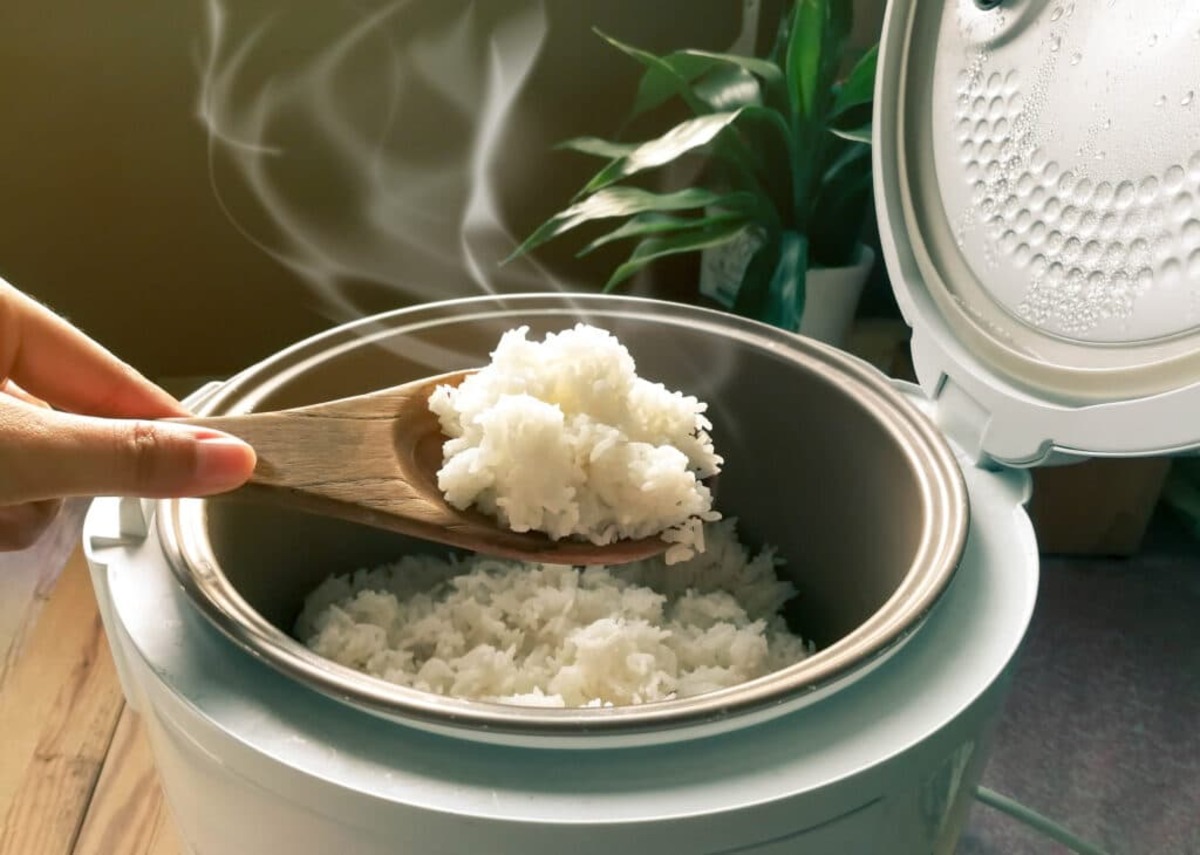
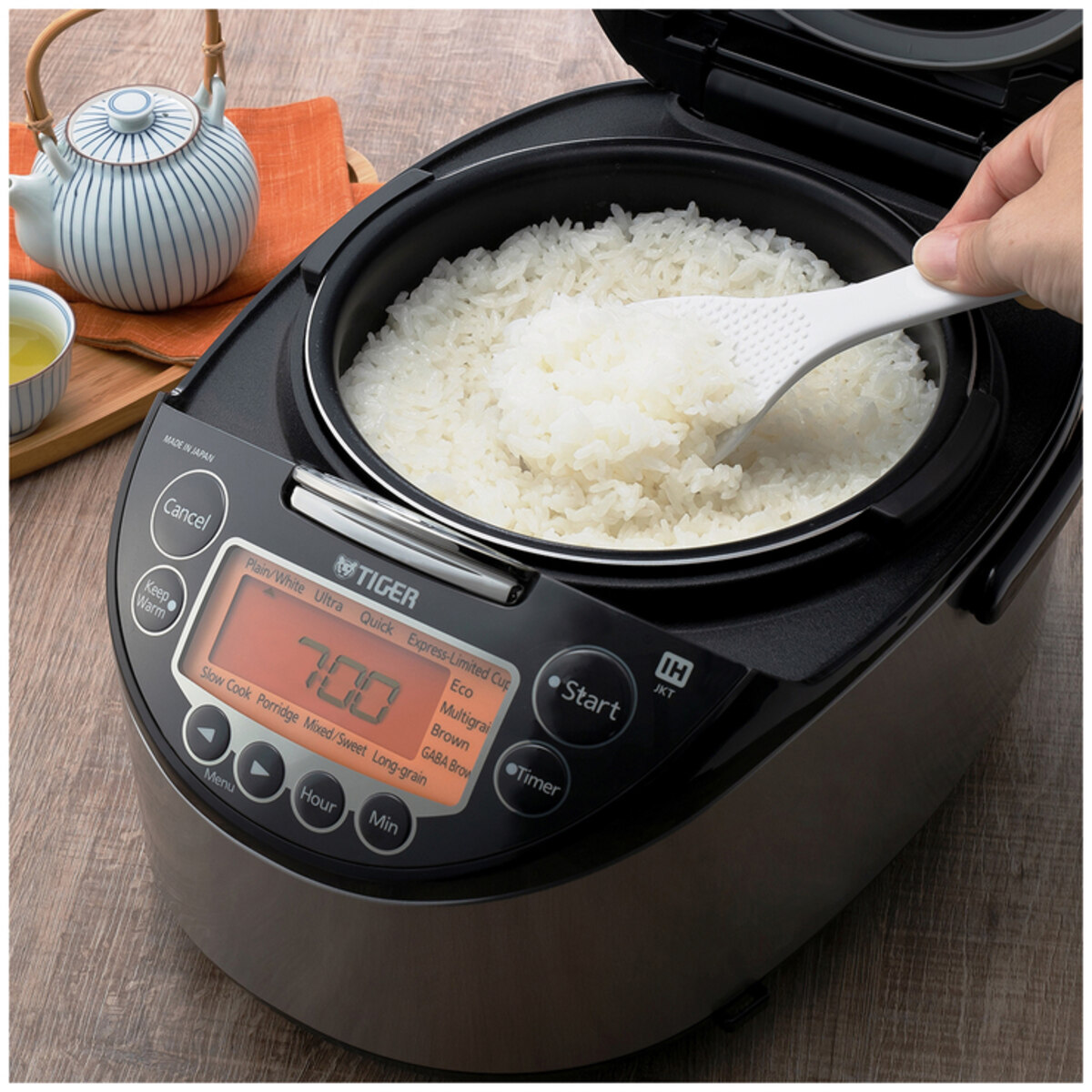
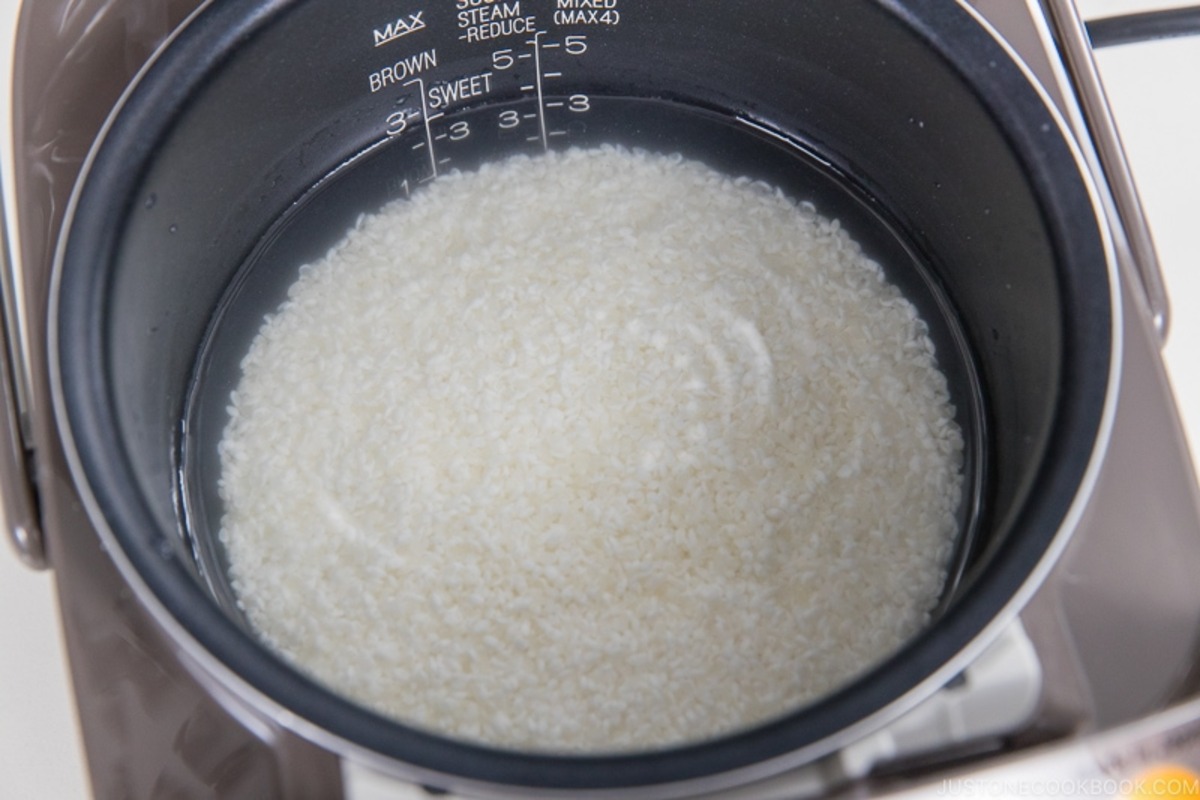
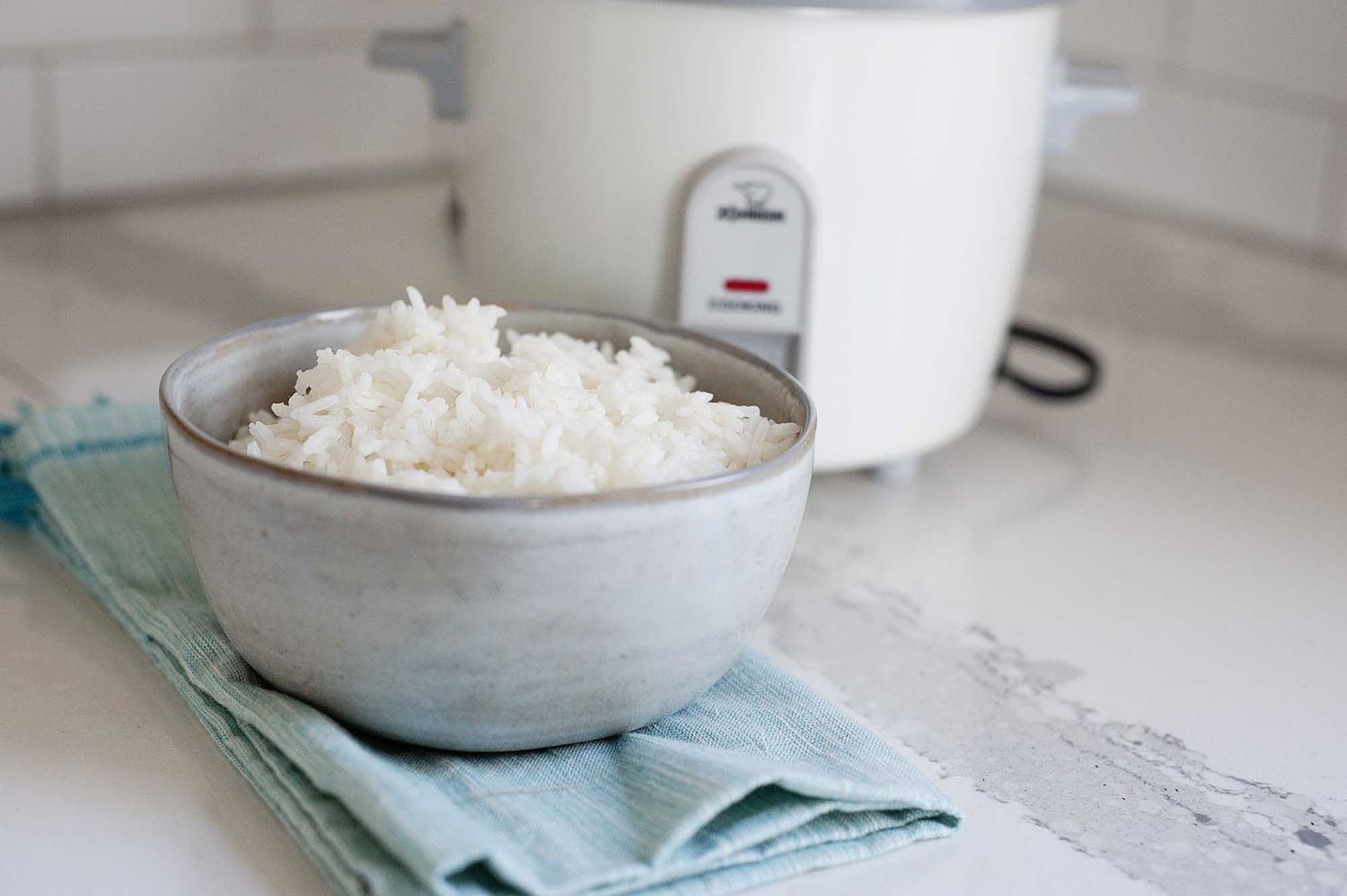



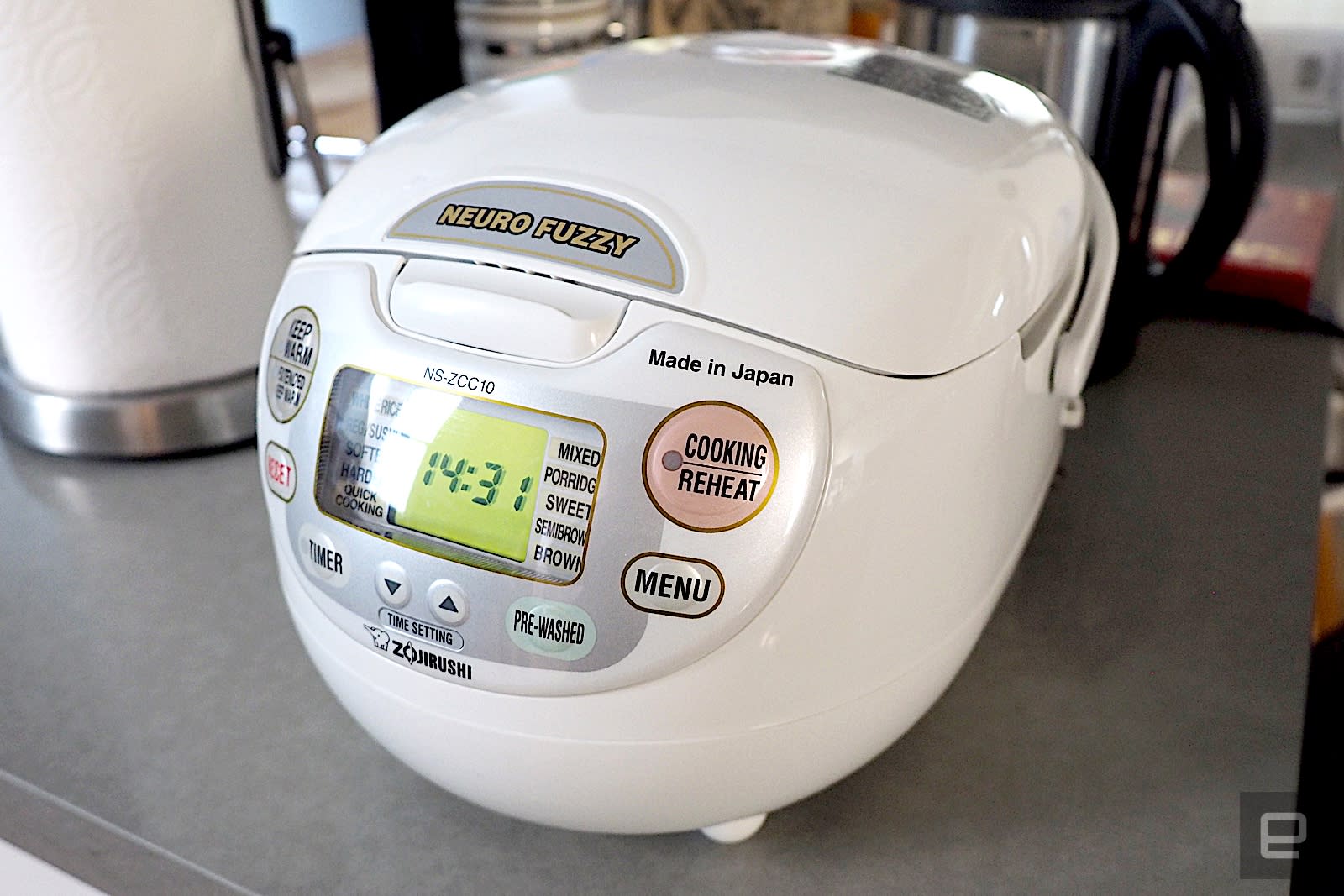


0 thoughts on “How To Store Basmati Rice”